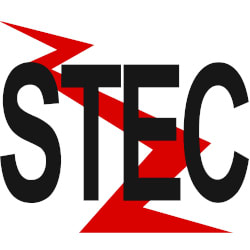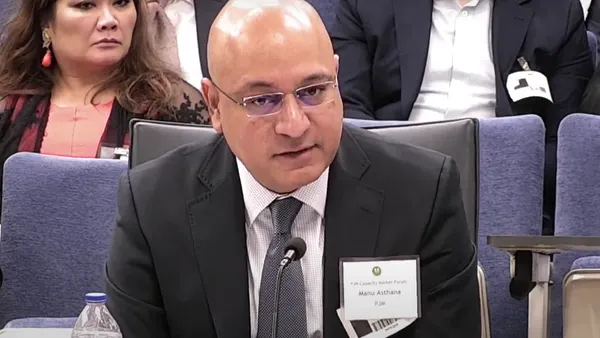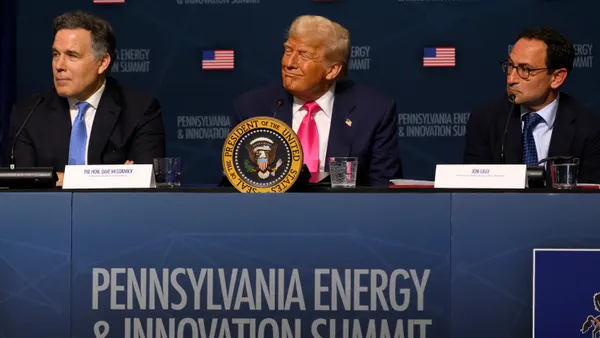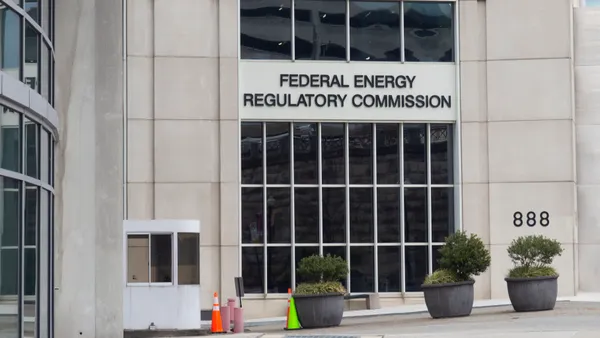Compromise legislation agreed to by National Grid, Northeast Utilities and solar advocates in Massachusetts could point the way to addressing many utilities’ concerns about distributed energy resources.
Two important solar policies will be significantly changed if lawmakers approve An Act Relative to Net Metering and Solar Power (H3901).
- The state's net energy metering (NEM) policy, which provides a retail rate bill credit to solar owners for the electricity their systems send to the grid, will remain in place but the cap on it will be eliminated and solar owners will be subject to a “minimum bill.”
- Solar renewable energy credits (SRECs), which create revenue for solar owners when purchased by utilities to meet their state-mandated renewables obligations, will be replaced by a tiered, performance-based incentive system after a six month period of transition during which both will be available.
There will also be a new virtual net metering standard that will allow more innovative shared financing for larger solar systems.
The compromise was hammered out in 90 meetings over the course of three months by representatives of Northeast Utilities, National Grid, the New England Clean Energy Council (NECEC), the Solar Energy Industries Association (SEIA), and the Massachusetts Division of Energy Resources (DOER), according to both SEIA State Affairs VP Carrie Hitt and NECEC Policy and Government Affairs VP Janet Gail Besser.
“Solar RECs and net metering are the main drivers of solar growth and neither provide price certainty,” National Grid Regulation and Pricing VP Ronald Gerwatowski said, because installers are hitting the cap on the vital NEM program and SREC values are compromised by market volatility.
The five stakeholders were asked to find policy that would turn Governor Deval Patrick’s aspirational goal of 1,600 megawatts of installed solar capacity by 2020 into law and create “a sustainable solar program,” Gerwatowski explained.
The changes to NEM and the performance based incentives will establish “a fixed and certain stream of payments to anyone doing solar,” he said. “That certainty is going to bring prices down significantly.”
The compromise proposes tiered, block-rate, performance-based incentives (PBIs) like those in the successful California Solar Initiative program. They will be structured, Gerwatowski explained, to respond to market conditions, changes in federal and local tax subsidies, conditions in solar financing, and “all the things that go into getting a revenue stream that guarantees solar developers can finance.”
The need to replace the SREC market with PBIs was recognized by the DOER and eliminating the NEM cap was what the solar advocates wanted, Hitt said. The minimum bill was what the utilities needed to meet their concerns about how to pay for the distribution system with increasing levels of distributed generation, energy efficiency and demand response, and disappearing load growth.
National Grid and Northeast Utilities were not focused on the costs and benefits of solar, Hitt said, but on “cost recovery from all ratepayers for whatever the value of the distribution system is, in a way that doesn’t discriminate against any customers or discourage new technologies.”
“The minimum bill is not a bill charge or an additional fixed fee,” Gerwatowski said. “But there is a principle here that is important. With the minimum bill, the Department of Public Utilities [DPU] will put in place a price the customer would have to pay if they zero out their bill because every customer gets a distribution service of some kind.”
Some energy efficiency advocates say the minimum bill will discourage efficiency upgrades.
“That is just not accurate,” Besser said. “Right now, the bill has a monthly charge and customers have to pay it. Only an incredibly rare customer would have so little usage that the monthly minimum bill would have an impact.”
Crucial final decisions on the incentive structure and the minimum bill will be made by the DPU in a standard regulatory proceeding once the proposal is approved by the legislature and signed by the Governor.
“The DPU has the skills and capacity to address this in a fair manner,” Hitt said. There is evidence it is preparing to do so, she added, in findings issued June 12 on time varying rates and modernizing the grid, both of which will be necessary to support the increased levels of solar the proposed policies were designed to achieve.
It would be “premature” to discuss the compromise before the legislature approves it, Northeast Utilities offered in a statement that noted its support of renewable energy and concern about “the cost to our customers of any initiative.”
It is their style to be more reticent, Hitt said, “but Northeast was part of the compromise. Their name is on it, they were at all the meetings, and they supported it.”
National Grid’s Gerwatowski was more forthcoming. “The changes will bring no less than half a billion dollars in savings to our customers over the 15-20 year program.”
"When we get to 1,600 megawatts, if things happen in the market like a lot of people expect, with lower costs for solar, rising prices for our class one RECs, and higher commodity prices, it will result in a convergence where solar might be able to operate without any further subsidies except the ordinary RECs and net metering," he added. "If that doesn’t happen, we’ll have to take another look."













